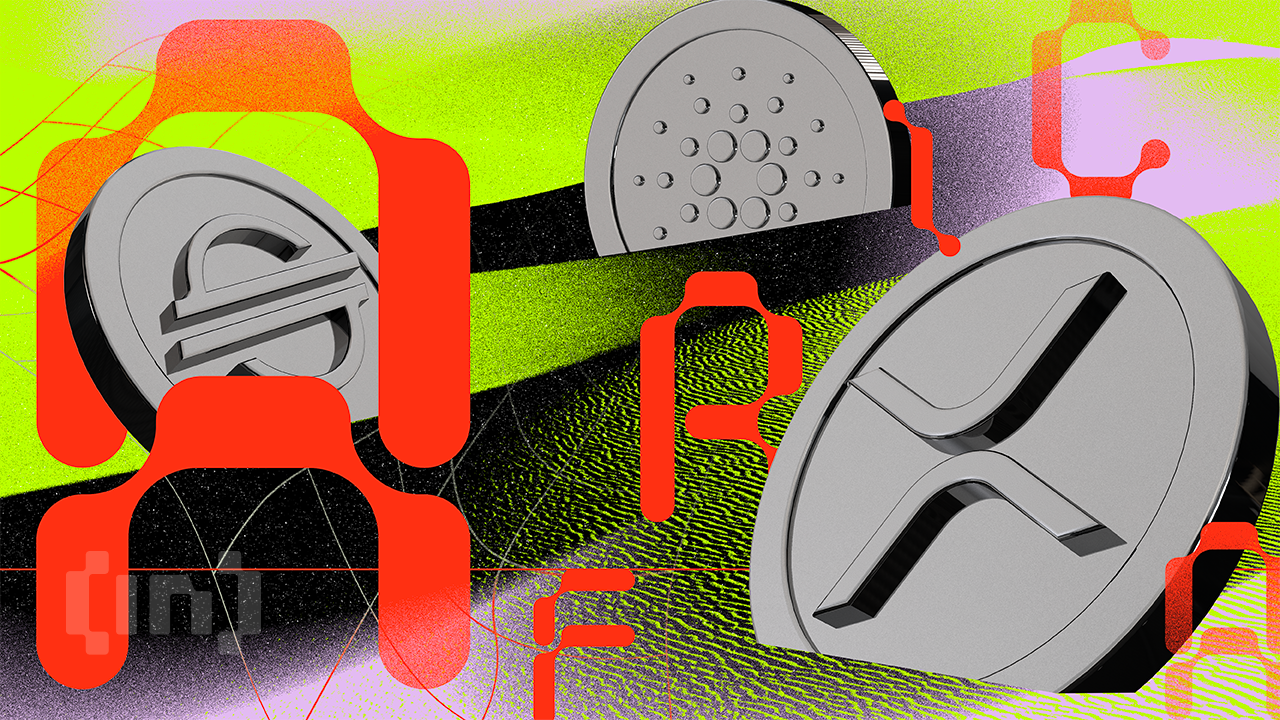Bitcoin: signature of block 1,018 discovered

A few weeks ago news broke that someone had used a signature in Bitcoin block 1018.
Actual, block 1.018 was mined on January 19, 2009, which is only sixteen days after the first one, mined by Satoshi Nakamoto himself on January 3 of the same year.
Basicallyit was even imagined that that signature might belong to Nakamoto himself, but recent analysis has revealed that it might belong to Hal Finney instead.
The discovery of Bitcoin block 1018
It turns out that block 1018 containing that signature relates to the first P2P transaction ever made on Bitcoin’s blockchain.
In fact, it should be mentioned that the first blocks were mined by Satoshi and Hal Finney with no transactions other than coin base transactions with which 50 BTC were created as a reward for the miners. After all, at that time BTC had no market, so its value was zero.
The first P2P transaction where BTC was sent from one public address to another occurred at block 170January 12, 2009, or seven days before block 1018, and one day after Finney installed his Bitcoin client.
Runs bitcoin
— halfin (@halfin) 11 January 2009
That transaction is known and it is known that there was 10 BTC sent probably for testing Satoshi Nakamoto to Hal Finney. So the 10 BTC, once sent by Nakamoto, was owned by Finney.
Moreover, it was also discovered that the signature of block 1018 can also be associated with other blocks mined by Finney, so it seems more than fair to assume that it is his signature.
Hal Finney
The problem is that Finney died in 2014.
Unfortunately, it was during 2009 that he discovered he was suffering from ALS (amyotrophic lateral sclerosis), a disease that led to his death from complications in 2014.
Harold Thomas Finney II, known as Hal, was an American software developer, particularly of console games. However, he is best known for being one of the earliest contributors to Bitcoinand especially to receive the first BTC transaction directly from Satoshi Nakamoto.
He was also a well-known activist in the cryptographic community, and in 2004 created the first reusable Proof-of-Work system.
It is not known if Finney knew Nakamoto, but it is known that he actually worked with him on the first Bitcoin software, helping Nakamoto test and fine-tune it. That is, it was no coincidence at all that he was the recipient of the first transaction, so much so that one could probably call him a kind of “collaborator” of Satoshi.
In fact, precisely because he invented the Proof-of-Work-based system, many believe that Hal Finney is actually Satoshi Nakamoto, also because it is rather strange that Nakamoto disappeared into thin air starting in 2011. This disappearance seems entirely consistent with Finney’s aggravation. health condition due to ALS. In fact, Finney’s last tweet, dated August 18, 2010, is just a few months before Satoshi Nakamoto officially and permanently left the Bitcoin project.
But if the signature that appeared a few days ago was indeed his, the hypothesis that Finney is Nakamoto is somewhat weakened.
In fact, the enormous ability to protect his identity and all his activities makes the figure of Satoshi Nakamoto hardly compatible with the discovery of his signature after his disappearance.
Who is behind the signature of block 1.018
Even assuming we know that the signature of block 1.018 was Hal Finney’s, the question remains as to how it could be used in 2022 eight years after his death.
Very little is known about the user who used it, thirteen years after block 1018. All that is known is that he owns OneSignature account on the Bitcointalk forum, which was created the same day the signature was published.
It is also not known how OneSignature managed to obtain that signature.
All indications are that he did not obtain it directly from Finney while he was still alive, and in fact obtained it a short time ago.
Also strange is the fact that he never mentioned that there was a signature associated with Hal Finney, perhaps because he was not aware of it.
Although the signature appears to be authentic, some claim that it may be some kind of deception. However, this hypothesis has not been proven, so much so that it appears decidedly far-fetched at this point.
Also, Bitcoin signatures cannot be forged and discovered afterwards, so the hypothesis that someone reconstructed it should also be rejected.
A hypothesis that seems a little less far-fetched is linked to the address attached to that signature, the so-called 1NChf. The hypothesis is that this address may have been “bought” by someone, which used to happen in the past.
It is possible that Finney himself issued it, and who knows by what routes it reached OneSignature. In fact, it is not known what Finney did with the 1NChf address.
Alternatively, it is also possible that it somehow ended up with his heirs, and that they in turn then decided to give it away. In fact, if it really did pass to Finney’s heirs, one cannot even be sure that they kept it carefully and safely, so it may also have been stolen or intercepted in some way later.
Another hypothesis, but again a long shot, is that someone may have guessed that signature at random. To put it better, if someone generates huge amounts of random signatures, it is not entirely impossible that some of those generated may match some signatures already used by others in the past. It’s an extremely unlikely coincidence, but not completely impossible.
After all, the last outgoing transaction was made from the address that received 10 BTC from Satoshi in block 170 dated September 6, 2017, so far after Finney’s death.
Therefore, it is clear that someone took control of the address after his death, although it is not known who or how.
Also, this address has only made two BTC transactions, one on November 16, 2010, most likely done personally by Finney himself, and one three years after his death. It has therefore been controlled by someone else for at least five years.

























